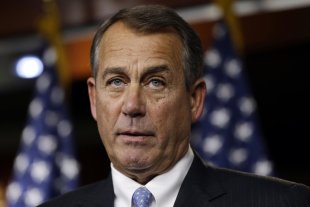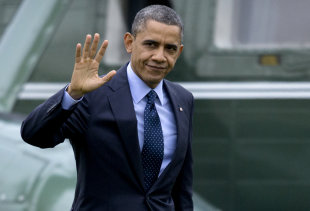Red Hat Inc.‘s shares jumped Friday on the software company‘s solid third-quarter results and plans to acquire cloud-based software company ManageIQ.
THE SPARK: Red Hat said late Thursday that it would buy privately held ManageIQ for $ 104 million in cash.
The Raleigh, N.C., company also reported that it earned 29 cents per share for its fiscal third quarter on an adjusted basis, up a penny from the prior year and in line with analyst expectations. Its revenue for the period increased 18 percent to $ 343.6 million, which beats the $ 338 million that analysts polled by FactSet had forecast.
THE BIG PICTURE: ManageIQ’s software helps businesses deploy and manage private clouds. Red Hat said the deal will expand the reach of its public-private cloud setups for its customers. The acquisition is expected to have no material impact to Red Hat’s revenue for its fiscal year ending in February.
THE ANALYSIS: Stifel Nicolaus analyst Brad R. Reback said that the company has been able to maintain momentum even in a difficult environment and he thinks the latest deal offers an interesting longer-term angle for its business. He thinks the company is well positioned to generate at least 15 to 20 percent billings growth in the future. He reiterated a “Buy” rating and a $ 65 price target on its shares.
SHARE ACTION: Shares gained $ 2.25, or more than 4 percent, to $ 54.86 in afternoon trading. Shares have traded between $ 39.19 and $ 62.75 in the past 52 weeks.
Linux/Open Source News Headlines – Yahoo! News
Title Post: Red Hat shares up on acquisition and 3Q results
Rating:
100%
based on 99998 ratings.
5 user reviews.
Author:
Thanks for visiting the blog, If any criticism and suggestions please leave a comment




